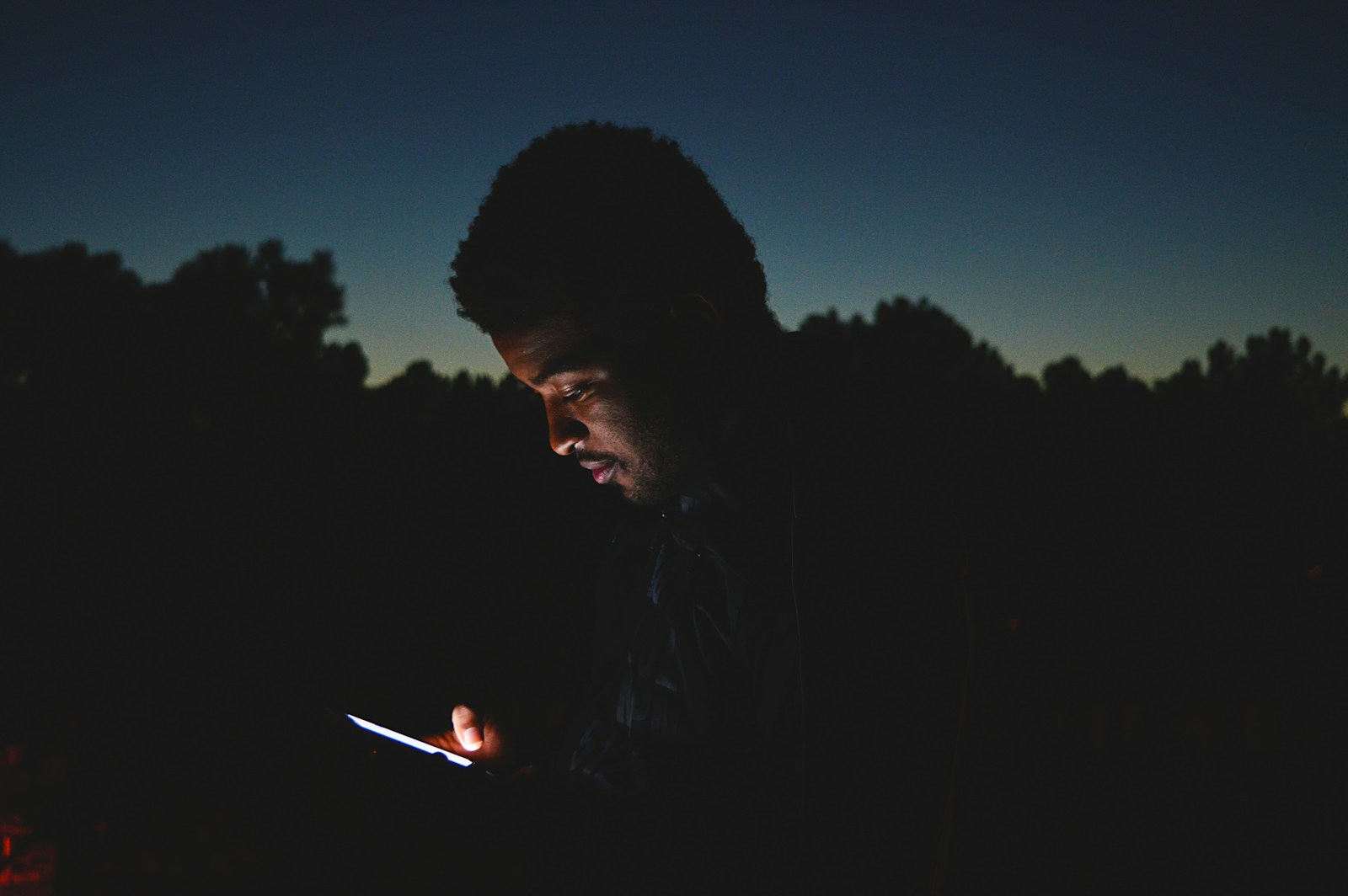How to Create a Tech-Free Sleep Zone for Better Rest and Wellness
Meta Description: Discover how to create a tech-free sleep zone to improve sleep quality, reduce stress, and promote better mental and physical health.
Are you struggling with sleep, feeling fatigued, or waking up groggy despite logging enough hours in bed? In our hyper-connected world, technology is often the unseen culprit. This article will guide you on how to create a tech-free sleep zone — a peaceful space that promotes rest, balance, and rejuvenation. Learn practical strategies to reclaim your bedroom as a sanctuary for better sleep and overall well-being.
Why You Need a Tech-Free Sleep Zone
Creating a tech-free sleep zone isn’t just about unplugging; it’s about rewiring your relationship with rest. Our dependency on screens affects melatonin production, disrupts circadian rhythms, and contributes to anxiety. By removing electronic devices from your sleep space, you can experience:
- Improved sleep quality and duration
- Reduced mental stimulation and anxiety
- Lower exposure to blue light, which hinders melatonin
- Better mood and energy levels throughout the day
Whether you’re battling insomnia or simply want to sleep more soundly, setting clear boundaries between tech and rest will offer lasting benefits.
What Is a Tech-Free Sleep Zone?
A tech-free sleep zone is a designated area—ideally your bedroom—where electronic devices such as smartphones, tablets, TVs, laptops, and even smartwatches are limited or excluded altogether. The purpose is to eliminate digital distractions that interfere with natural sleep cycles and encourage your body and mind to wind down naturally.
Common Tech Devices to Remove
- Smartphones and chargers near your bedside
- Laptops and tablets left on nightstands
- Smartwatches or fitness bands that send notifications
- Televisions or streaming devices mounted in the bedroom
- Bluetooth speakers constantly connected to playlists or podcasts
Steps to Create a Tech-Free Sleep Zone
Now that you understand the importance, let’s dive into actionable steps to create your perfect tech-free environment.
1. Remove Electronic Devices
Start by eliminating the obvious culprits:
- Charge phones in another room or use a charging station outside the bedroom
- Remove TVs or cover them with a screen cloth if removal isn’t possible
- Use analog clocks instead of relying on smartphones for alarms
2. Establish a Digital Curfew
Set a rule to shut down screens at least 60 minutes before bedtime. This reduces mental stimulation and allows your brain to shift into sleep mode. Use this wind-down time for calming rituals like:
- Reading a physical book
- Listening to calming nature sounds
- Taking a warm bath
- Practicing meditation or journaling
3. Optimize Lighting and Environment
Without glowing screens, your bedroom should feel like a restful retreat. Keep things serene by:
- Using blackout curtains to block outside light
- Installing warm, dimmable lights or Himalayan salt lamps
- Keeping the room comfortably cool (around 65°F or 18°C)
4. Use Tech-Free Alternatives
You’re not abandoning convenience—you’re upgrading your wellness. Consider these alternatives:
- Battery-powered or sunrise alarm clocks
- Printed relaxation books or crossword puzzles
- Essential oil diffusers for natural aromatherapy
The Mental and Physical Benefits of a Tech-Free Sleep Zone
Creating a tech-free sleep zone doesn’t just impact bedtime. It enhances your entire day. Consider these health benefits:
Mental Health Advantages
- Lower anxiety levels by reducing exposure to 24/7 news cycles and social media
- Improved focus and memory due to deeper, uninterrupted sleep
- Greater self-awareness and mindfulness
Physical Health Benefits
- Reduced eye strain and headaches
- Balanced hormones thanks to normalized melatonin and cortisol levels
- Boosted immune function through restorative sleep stages
Habit Formation and Long-Term Success
Consistency is the secret ingredient for making your tech-free sleep zone a sustainable part of your lifestyle. Here are some tips to keep the momentum going:
- Track your progress: Use a sleep journal to record how you feel after a week, then after 30 days.
- Create a reward system: Celebrate tech-free milestones, like a new book or cozy pajamas.
- Involve a partner: Encourage your spouse or roommate to join the journey for mutual accountability.
Addressing Common Obstacles
We understand — the transition isn’t always easy. Here’s how to overcome common challenges:
“I use my phone for everything.”
Replace functions with analog alternatives, including alarm clocks, notebooks, or sleep noise machines.
“But I need to stay connected.”
Set boundaries for urgent calls only. Put your phone on Do Not Disturb mode and let close family or emergency contacts bypass it.
“I fall asleep to TV shows.”
Transition gradually by replacing screens with audiobooks, calming music, or white noise machines set on timers.
Final Thoughts on Creating a Tech-Free Sleep Zone
In a culture that praises productivity and connectivity, sleep is often sacrificed. But quality rest is non-negotiable for health, focus, productivity, and happiness. By making simple yet effective changes to create a tech-free sleep zone, you’ll reclaim your nights—and energize your days.
Start small, be consistent, and enjoy the profound difference this sanctuary can bring into your life. Your body and mind will thank you.
Frequently Asked Questions (FAQs)
How soon will I notice the benefits of a tech-free sleep zone?
Most people report improved sleep and relaxation within 1–2 weeks of removing tech from their bedroom.
Can I keep a smartwatch in my bedroom if it tracks sleep?
If sleep tracking is important, use airplane mode to minimize EMF exposure and notification distractions during sleep.
Is listening to music before bed considered “tech”?
While it’s technically digital, calming music from a non-disruptive speaker set on a timer can support sleep if used mindfully.
Should kids and teens also have tech-free sleep zones?
Absolutely. Children and teens are especially vulnerable to sleep disruption caused by screens. Encouraging this habit early fosters lifelong healthy sleep practices.
If this guide helped you understand how to create a tech-free sleep zone, share it with someone who needs better sleep. Sweet dreams await!





